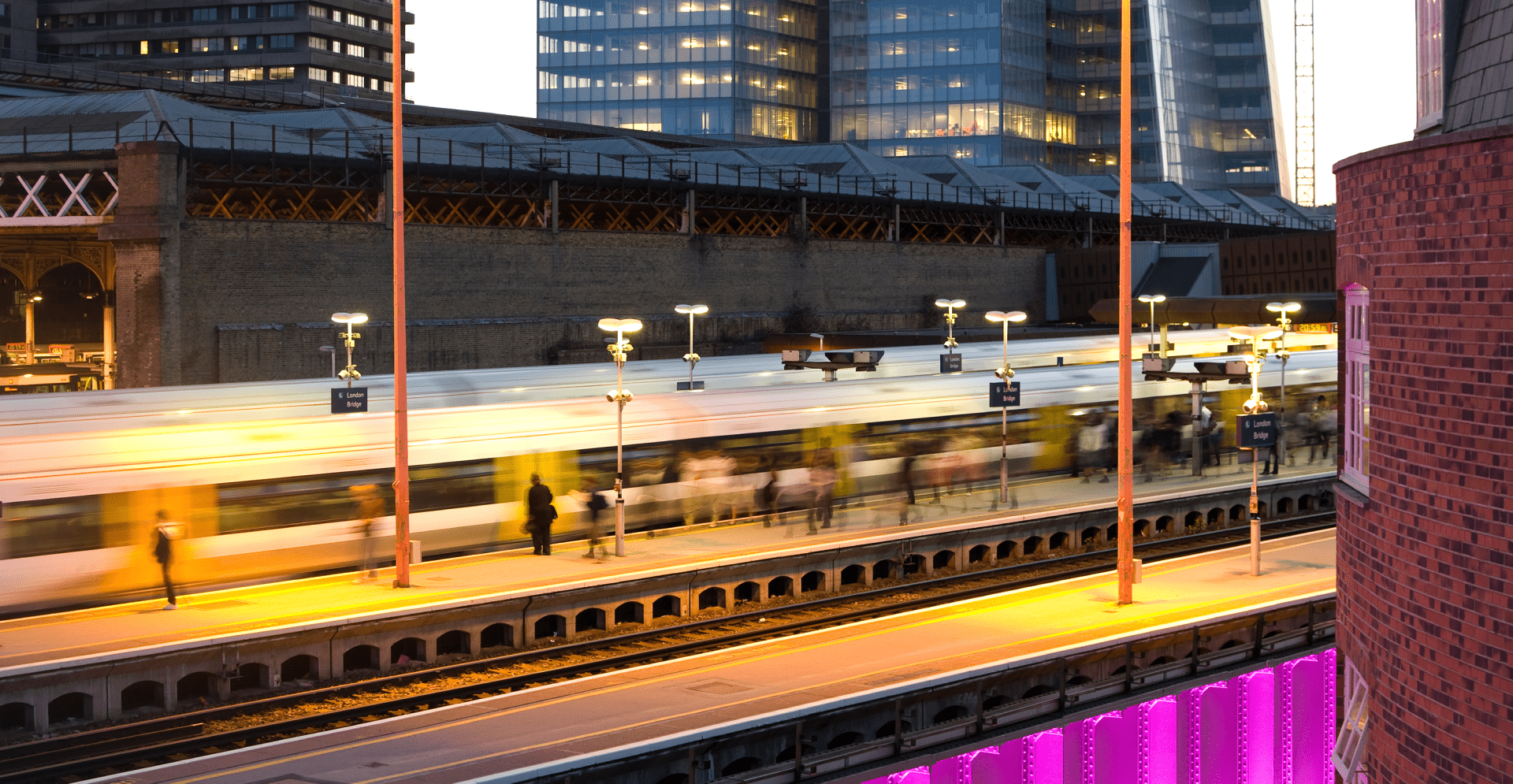After decades of studies, rhetoric and blue-sky ideas, Australia is finally putting policy and dollars towards fast rail. But it’s not just the ‘need for speed’ or progress for progress’ sake driving investment.
Increased mobility has always been a precursor to economic opportunity and growth; and after many decades of our eight capital cities bearing the brunt of population growth, fast rail is the key we have been looking for to unlock the true value of our regional centres as viable and attractive satellite cities.
Wollongong, the ‘Steel City’, and the surrounding Illawarra region is a pin on the map I’m particularly interested in. Only a few hours south of Sydney, it has deep roots as an industrial, agribusiness, manufacturing and defence hub. This has been complemented in more modern times by a world leading university and investment in digital infrastructure. It’s one of the regions benefitting from a 20-year framework and vision set by the NSW Government to drive growth, jobs and investment outside of Greater Sydney.
It’s a safe bet. According to the South West Illawarra Rail Link report from the University of Wollongong SMART Infrastructure Facility in 2020, approximately 26,000 people commuted to Sydney from the Illawarra and Shoalhaven Region in 2016. At the time, this was roughly 6.6% of the population and 97% of those trips were made by car. The population is projected to increase by 100,000 people to over half a million by 2041 with a little over 9% of those people commuting to Sydney for work.
I was in Wollongong not that long ago myself and can see the appeal. It has all the hallmarks of a great city, with a flourishing services sector and university, natural beauty, as well as access to natural resources. But the city is fragmented and disconnected; reliant on the car, a limited bus service and the main train service to Sydney that operates mostly during ‘traditional’ business hours and of little use to those that work unusual hours or shift workers.
It’s not an idle observation. While visiting, I invited a friend to an event I was going to be at in the city centre. Even with two hours-notice, he just made it to the event in time. With his car in the shop, he was stranded at home. It was hard to believe I was in the hub for the whole region.
This tells me that the aspirations for the city, with the level of growth projected, will be unattainable – and certainly unsustainable – without investment in world-class mobility options. This must include fast rail.
Fast rail will connect people and products from Wollongong to Sydney – and Sydney to Wollongong, opening this essential port city to other parts of the State, as well as to Canberra – with a speed and efficiency that cannot be achieved through traditional rail and road alone.
Before I go further, let me address the elephant in the room. Depending on who you talk to and what research paper you cite, you will find perspectives for and against fast rail and high-speed rail. This is particularly true when you look at the investment purely from a number’s perspective – so, what the return is on every dollar in terms of economic growth, jobs and land value.
However, I am an advocate for fast rail because there are a number of variables that are much more difficult to quantify and measure, but should be considered when assessing the value of fast rail for Australia.
For Wollongong’s residents, fast rail will provide more options for people to live and work how they choose to and greatly decrease dependency on the car, benefitting the environment and returning money back to the wallet. Access to more varied job opportunities and better wages will influence the spending power of the local community for new kinds of products and services, helping the local market to diversify and thrive.
More companies will be encouraged to set up in the satellite city, with assured access to highly skilled workers from within the region and Greater Sydney. Technology and manufacturing specialists can have access to space to set up bespoke premises to innovate and create new products, without the question mark of how to move product around.
For students from greater Sydney, they will have a faster and more environmentally friendly option to car travel for accessing Wollongong’s University and TAFE NSW campuses.
The new airport in Western Sydney will also provide a new stream of tourists, skills and economic opportunities – but only if you can move easily and freely between the airport and Wollongong. Fast rail is the connector to opportunity.
Green shoots of this future opportunity are already showing and need to be nurtured. The government’s ‘Illawarra Shoalhaven Regional Plan 2041’ presents a vision for the region as a global leader in green energy, with green hydrogen production at the deep-sea port of Port Kembla, biogenic gas and pumped hydro in the Shoalhaven, and the embedding of solar energy and waste to energy across the region by 2041.
The University of Wollongong is one of the world’s top 200 universities with two campus locations in Wollongong. The main campus in Wollongong is used by over 25,000 students, more than 2,000 staff and is home to a number of prominent research facilities. Their Innovation Campus, also located in Wollongong is home to the iAccelerate business incubator and accelerator, a destination for likeminded entrepreneurs, with ready access to committed mentors, world-class researchers, and a network of investors.
However, these visions and pockets of excellence will remain just that without the critical investment in mobility. Fast rail will transform Wollongong from a commuter outpost with an industrial heart, to a true and flourishing satellite city that can stand on its own two feet on the world stage.



